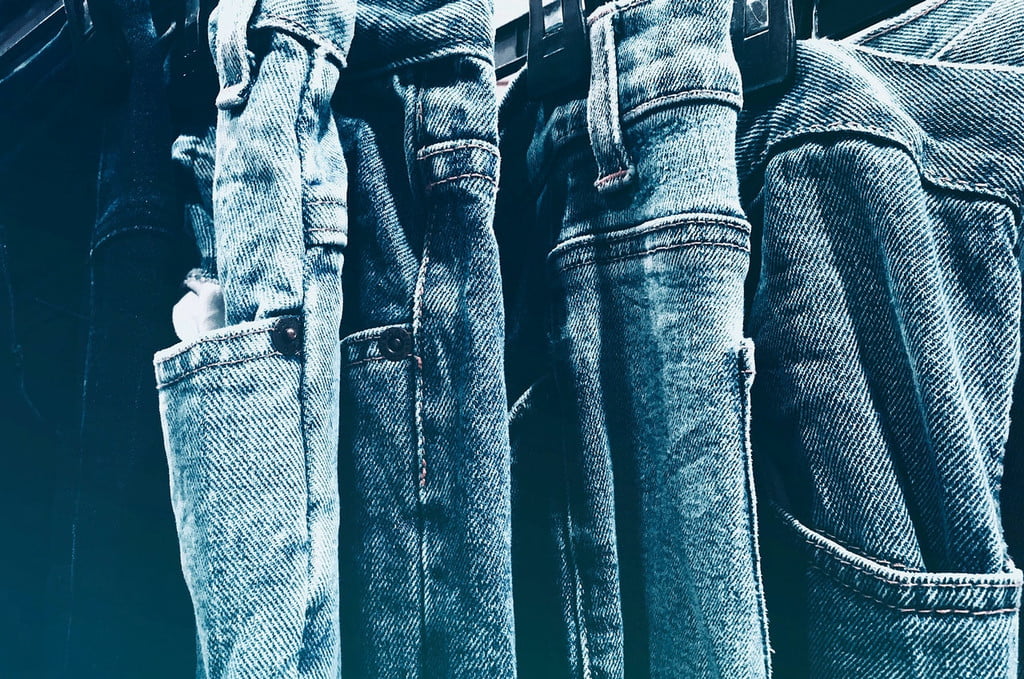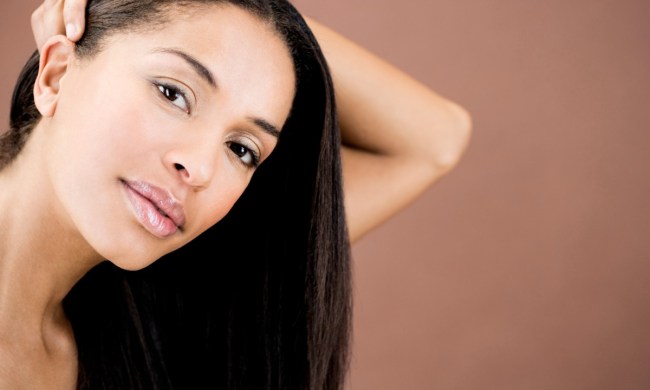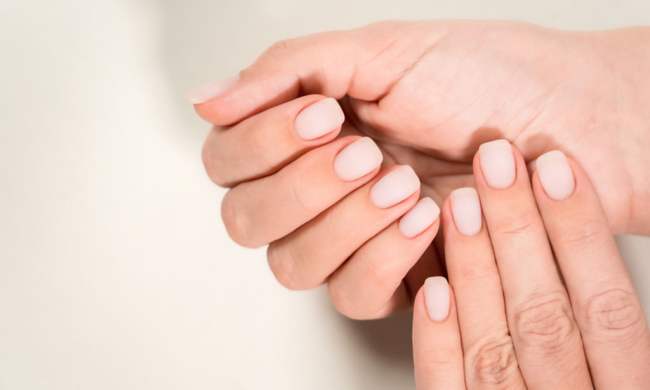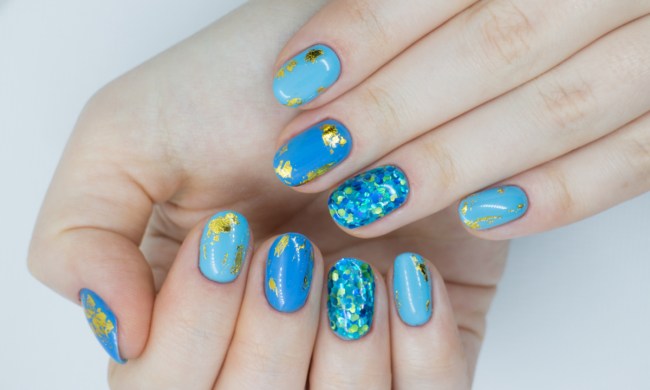When it comes to finding that perfect pair of jeans, it’s certainly a lifelong pursuit. Once you find them, your lucky jeans become a staple in your wardrobe that can be worn as leisurewear around the house, partywear for a night on the town, or even as work attire on casual Friday.
While the perfect look, fit, and feel of that perfect denim staple only comes along once in a blue moon, it helps to know which types and shapes of jeans complement your body shape and which ones you should avoid. So, how do you choose the best jeans for your body type? We’re going to help identify your shape as well as what style of jeans will work best for you.

Rectangle body type
This type of body is defined by its equal proportions between chest, waist, and hips. For men with a rectangular body type, you want a pair of jeans that will cause the upper body to appear larger. A straight leg and a high waist will accomplish such an appearance.
For women with this body type, a common complaint is that the midsection appears too thick. A low-rise waistline with a slightly belled bottom will create a more curvy appearance.
Triangle/Pear-shaped
A triangle-shaped body type refers to the shoulder and chest areas being smaller than the waist and hip area. With women, this body type is often referred to as “pear shaped” due to the natural curves that occur in the female hips. Both men and women with this body type should avoid skinny jeans because they will accentuate the midsection and the hips to make it appear even larger. A loose-fitted leg will balance out the pear shape and create a softer curve.
Inverted triangle/Strawberry
Men with an inverted triangle body shape have wide shoulders, and their waists and hips are significantly more narrow. The drastic contrast in widths should not be accentuated with a style like skinny jeans. Instead, a looser leg should be chosen to offset the different widths.
For women, this body type is referred to as “strawberry” due to the softer, less angled shoulder curves. Women with this body type tend to have narrow hips and wider shoulders, and this contrast can be combatted with the addition of a belled bottom jean to create the appearance of more curves.
Oval/Apple
With rounder-shaped bodies on both men and women, the midsection is thicker in width, and the legs tend to be very thin in comparison. To soften the contrast in widths, a jean style with a lower waist and looser leg will do nicely, but skinny jeans should be avoided because they will accentuate the contrast in width.
Rhombus
The rhombus body type is traditionally found in men and it is characterized by strong, wide shoulders and a slightly narrower waistline. This body type is thought of as an ideal shape for men, and most styles of jeans complement it well. It is preferred to choose a skinnier fitted leg to accentuate the broad shoulders, and a very loose leg will not complement the shape, as well.
Hourglass
The hourglass shape in a woman is traditionally the most appealing shape and can be matched with most styles of jeans. With this body type, the shoulders and hips are equal in width, and the waist is narrow to create noticeable curves. Choose skinny jeans for a sexier look, a low-rise waistline to accentuate the hips, or even a straight leg for a more casual appearance.
Choosing the right jean style for your body type can sometimes be a chore. If you’re not sure which style complements you best, you can spend hours trying on pants to find the right one. The wrong style for your body type can result in an awkward appearance and even discomfort due to sections of looser or tighter than intended material. Your first step in finding the perfect jeans is to determine your body type. Then, own it, love it, and work it for your styling benefit.



